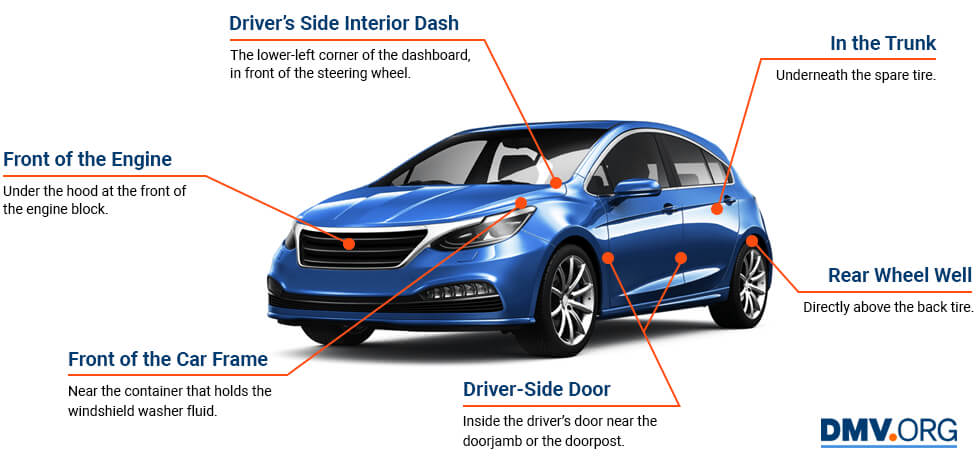How Do VIN Numbers Work?
What Is A VIN?
A VIN may be likened to a vehicle's thumbprint. It is comprised of 17 alphanumeric characters in a system created by the Department of Transportation and the International Organization for Standardization in 1980. VIN numbers are used for all road vehicles including trucks, trailers, buses and motorcycles.
Where Is My VIN?
VIN numbers are placed on parts permanently connected to the vehicle body, including the driver's side dash near the windshield, engine block, passenger door frame and radiator support bracket. Once a vehicle is registered it is included on the vehicle title, registration and insurance card.

Why are VINs Beneficial?
Accidents, thefts, and recalls are all linked to VIN numbers and can be pulled up on a vehicle history report. Thus, using a VIN, anyone can track the history of a vehicle - an important tool when used car shopping.
What Do the Numbers Mean?
Postions 1-3 - World Manufacturer Identifier (WMI)
1 - Region of manufacture
2 - In combination with Position 1, Country of manufacture
3 - Vehicle type
Positions 4-9 - Vehicle Descriptor Section (VDS)
4-8 - Vehicle model, engine type, body style, etc.
9 - Check digit
Positions 10-17 - Vehicle Identifier Section (VIS)
10 - Model year (Not necessarily the year of manufacture)
11 - Production factory
12-17 - Serial or production number